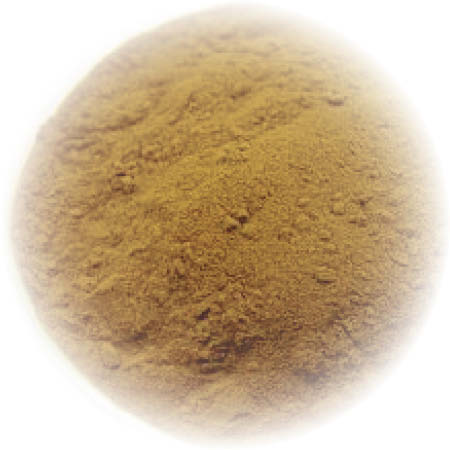Greater Celandine (Chelidonium majus) – Dried Herb, Organic
$16.59 – $165.90
Chelidonium majus, commonly known as Greater Celandine, is a herbaceous plant in the poppy (Papaveraceae) family, same as California poppy, Corydalis and Bloodroot. It has also been called Nipplewort, Tetterwort, Swallow Wort, Wartweed or Simply Celandine. This plant is native to shaded rocky slopes, woodlands, waste areas and along roads in Europe and Western Asia. Celandine is an erect biennial or perennial plant that is 1 to 3 feet high, with light grayish-green thin leaves 4 to 8 inches in length, which are deeply lobed and pinnately divided. It has yellow, 3/4 inch wide flowers, arranged in clusters of 3 to 8 florets.
In North America it is widespread and ecologically invasive, Greater Celandine has been brought by settlers as a herbal remedy for skin problems such as warts as early as 1672. In Greek “khelidon” is translated as swallow. Ancient folklore tells that Celandine bloomed when the swallows returned to the nest in the spring and faded when they left in the fall.
Celandine has been used and recognized for centuries, it goes as far back as Pliny the Elder and Dioscorides (1st century CE) who used this herb for treating visual impairment and eye diseases. It was also recommended to soak Celandine in wine together with Anise to help treat jaundice and dermatologic disorders such as herpes. Hildegard of Bingen wrote about Celandine during 1150-1160 and recommended Celandine juice to enhance sight and as a cure for skin ulcers. Moreover, Celandine would be a strong aphrodisiac, but causing infertility in ladies. Celandine was an admired medicinal plant during the Middle ages, mostly used for throat cleaning, treatment of ulcers, skin eczema as well against colic and jaundice. The root has been chewed to relieve toothache. It has been also used by Romani people as a foot refresher. Herbalist Juliette de Bairacli Levy recommended Greater Celandine diluted with milk for the eyes and the latex for getting rid of warts.
Traditionally this plant has been also used for treatment of various inflammatory diseases including atopic dermatitis as well as gallstones, liver complaints, dyspepsia, asthma or whooping cough. In Traditional Chinese Medicine, Celandine is used to boost your defence against cancer.
Properties:
Taste is bitter, acrid with cooling properties. Greater Celandine has affinity towards skin, liver, digestive tract, eyes, immune and nerve system. It combines well with Aniseed for removing obstructions from both the liver and gallbladder. For indigestion combine with Peppermint, Chamomile, Caraway or Licorice.
How to use:
To prepare infusion, use ½ teaspoon of dried herb per one cup of water, steep for ten minutes, then strain and drink.
If you have access to the fresh plant, latex applied topically can help to get rid of warts.
Cautions & contraindications:
Long term high doses can be hepatotoxic and cause skin irritation. Do not use in pregnancy due to the content of potentially uterine stimulating alkaloids.
This information is for educational purposes only and is not intended to diagnose, treat or cure any disease or illness. Please consult your health care provider prior to the use of this product if you are pregnant, nursing, taking medications or have a medical condition. Individual results may vary.


Reviews
There are no reviews yet.